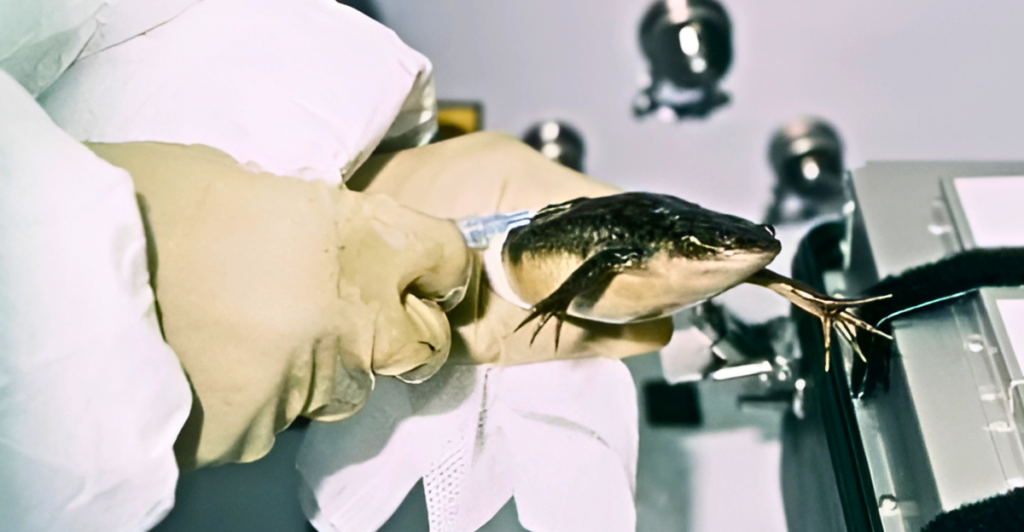
Space exploration isn’t just a human endeavor; animals have played pivotal roles in understanding the unknown. Since the 1940s, scientists have sent various creatures into orbit to study how living beings respond to space conditions. Among these were some genuinely exotic animals. This gallery highlights the most fascinating animals that ventured beyond Earth, from fruit flies to jellyfish. Their journeys contributed immensely to scientific progress and space exploration.
Fruit Flies – The First Space Travelers
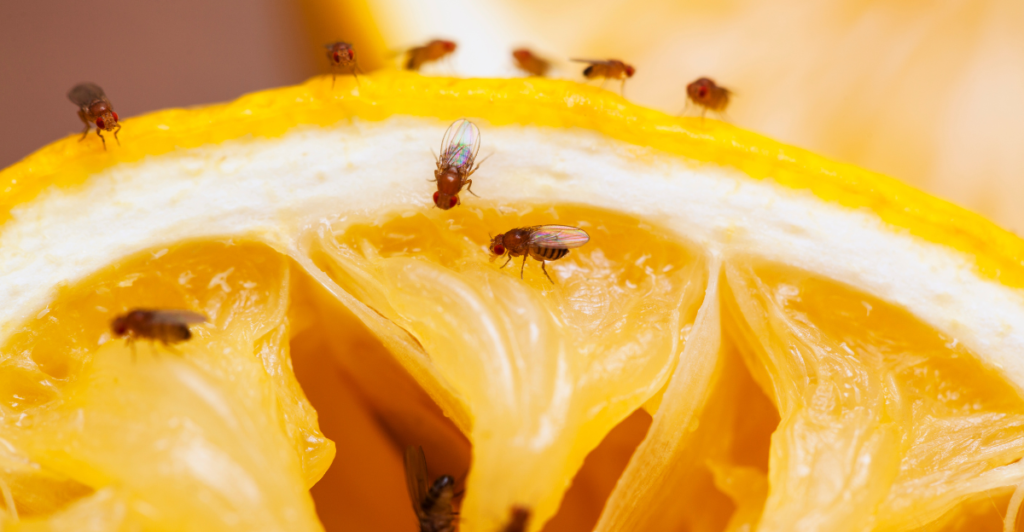
In 1947, fruit flies became the first living beings to travel to space. They were launched aboard a V-2 rocket to study radiation’s effects at high altitudes. Their small size and biological similarities to humans made them ideal subjects. Safely parachuting back to Earth, these tiny pioneers confirmed that life could withstand short trips into space, marking a groundbreaking moment in biological space research.
Albert II – The Rhesus Monkey
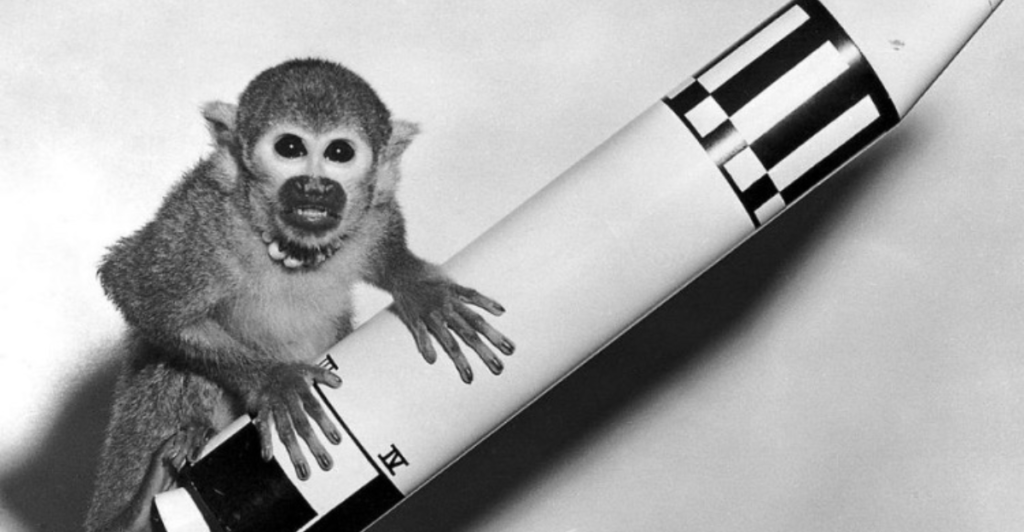
In 1949, Albert II, a rhesus monkey, became the first primate in space. Launched aboard a V-2 rocket, his mission aimed to study the effects of high-altitude travel on larger mammals. Although Albert II did not survive re-entry due to a parachute failure, his mission provided valuable insights into biological responses to space travel, paving the way for future primate studies.
Laika – The Soviet Space Dog
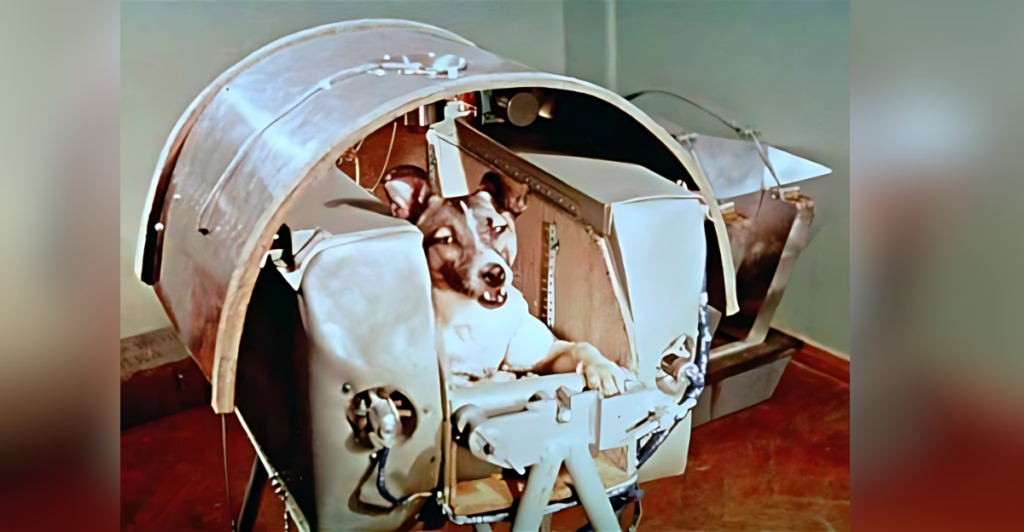
Laika, a stray dog from Moscow, became the first animal to orbit Earth aboard Sputnik 2 in 1957. Her mission provided crucial data on how living organisms handle prolonged weightlessness. At the same time, Laika did not survive; her contribution significantly advanced human spaceflight. She remains an enduring symbol of courage in the pursuit of scientific discovery.
Belka and Strelka – The Soviet Space Heroes
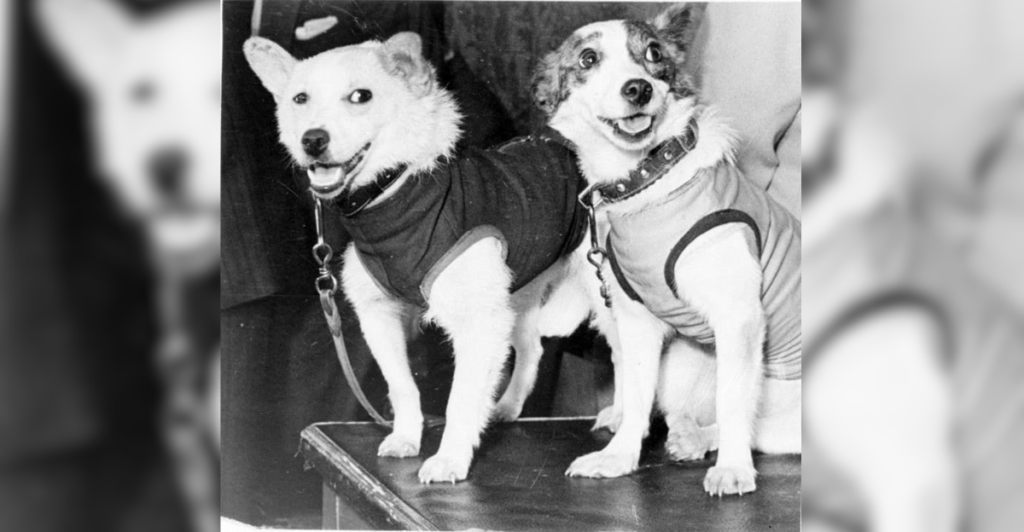
In 1960, Soviet dogs Belka and Strelka made history as the first animals to return safely from orbit. Their spacecraft, Sputnik 5, also carried mice, rats, and plants. The mission’s success proved that living beings could survive extended periods in space, a critical milestone for human space exploration. Strelka later had puppies, one gifted to U.S. President John F. Kennedy.
Ham – The Astrochimp
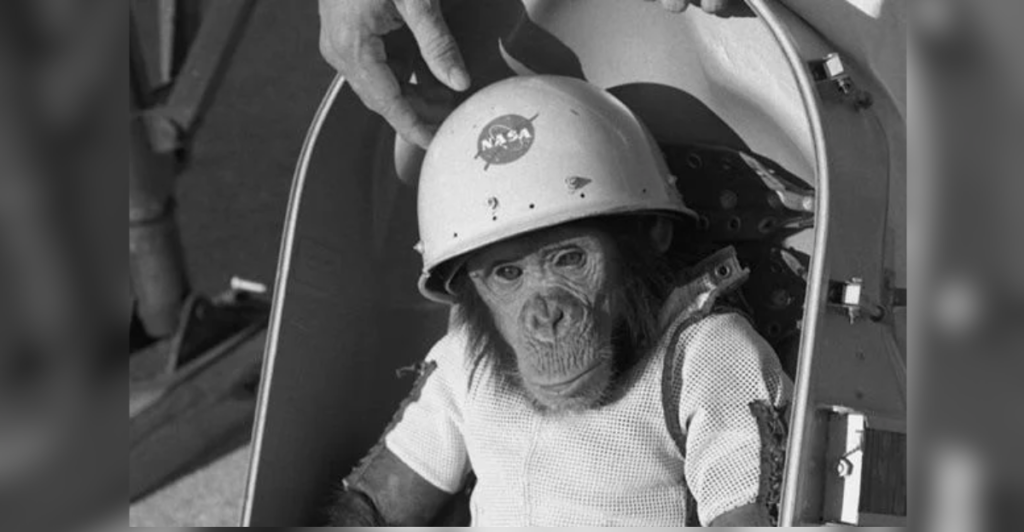
Ham, a chimpanzee, became the first hominid in space in 1961. Trained to perform tasks during his flight aboard the Mercury-Redstone rocket, Ham’s successful mission demonstrated that humans could manage tasks under weightlessness. His groundbreaking journey laid the groundwork for NASA’s human-crewed Mercury missions, including Alan Shepard’s historic flight.
Tardigrades – The Toughest Creatures in Space
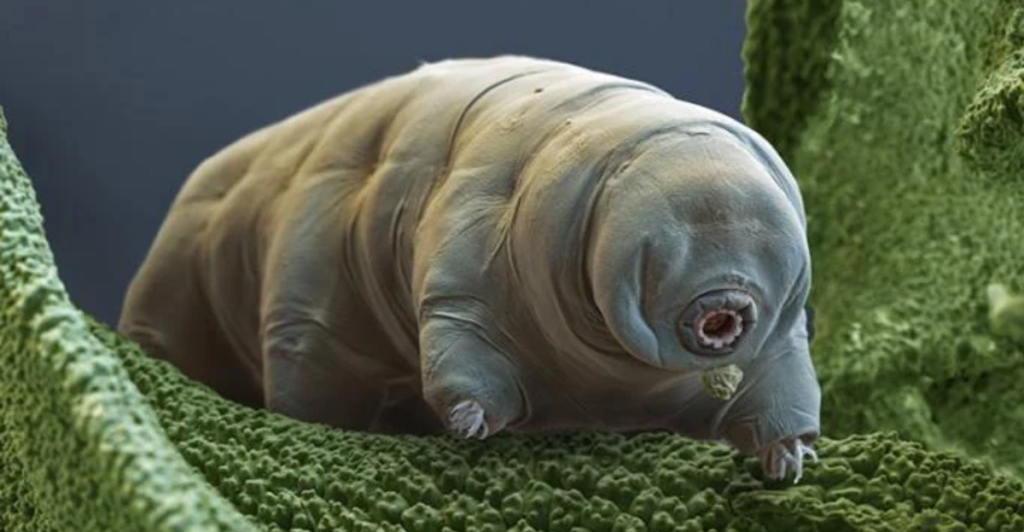
In 2007, tiny tardigrades, also known as water bears, were exposed to the vacuum of space. Remarkably, many survived intense radiation and freezing temperatures. These microscopic creatures showcased an unparalleled resilience, offering scientists clues about life’s potential to endure extreme environments, even on other planets.
Bullfrogs and Weightlessness
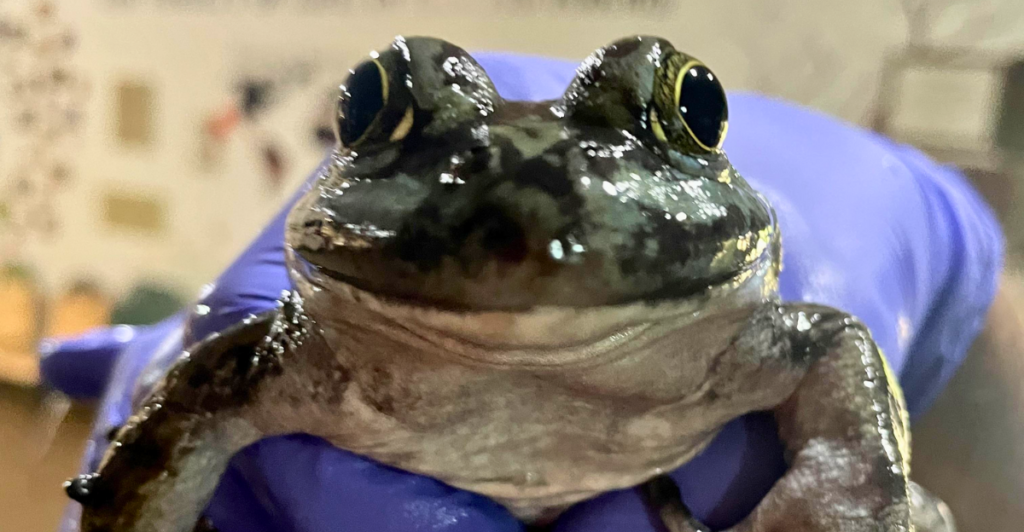
During NASA’s Orbiting Frog Otolith experiment, bullfrogs were sent into space in the early 1970s. This mission studied the effects of weightlessness on their inner ear, which is responsible for balance. Insights from the experiment contributed to understanding how microgravity impacts the human vestibular system, which is crucial for astronaut training and health.
Japanese Medaka Fish
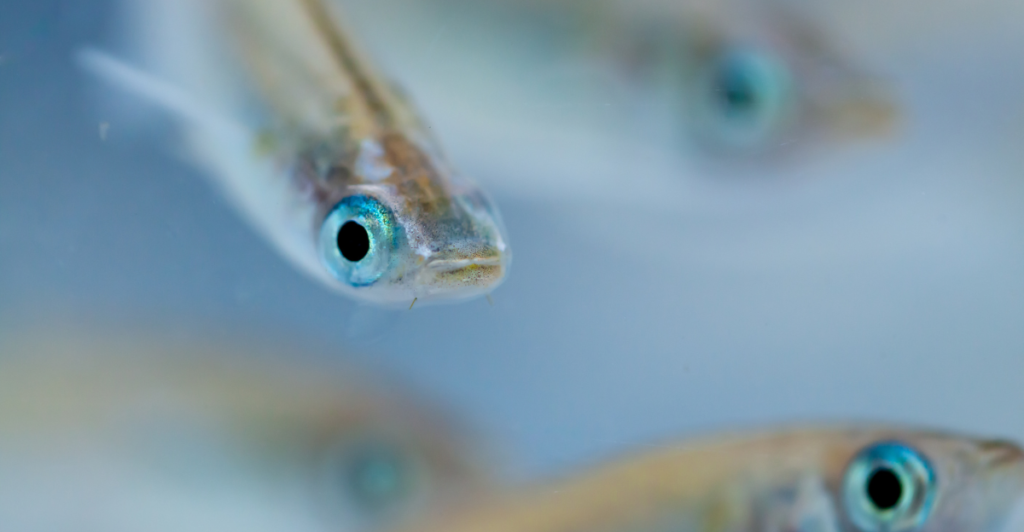
Japanese medaka fish joined space missions to study bone development in microgravity. Their transparent bodies allowed scientists to observe cellular processes in real-time. Experiments aboard the International Space Station (ISS) revealed important information about osteoporosis and skeletal health, benefiting space travelers and Earth’s people.
Mice on the ISS
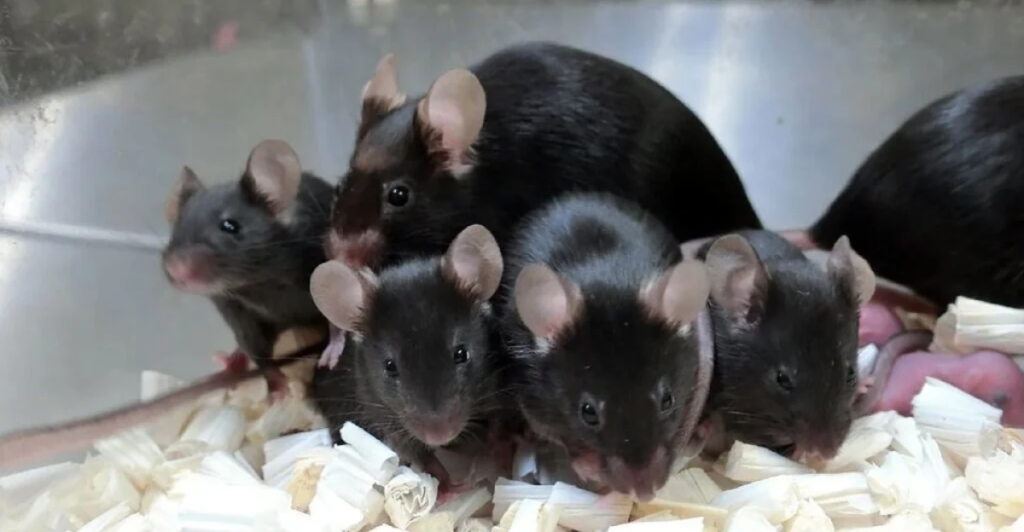
Mice have been regular space travelers aboard the ISS to study various biological processes. Their missions, from muscle loss to gene expression, help scientists understand how space affects mammals. These findings are critical in developing countermeasures for astronauts facing long-duration missions, such as journeys to Mars.
Cats in Space – Félicette’s Historic Journey
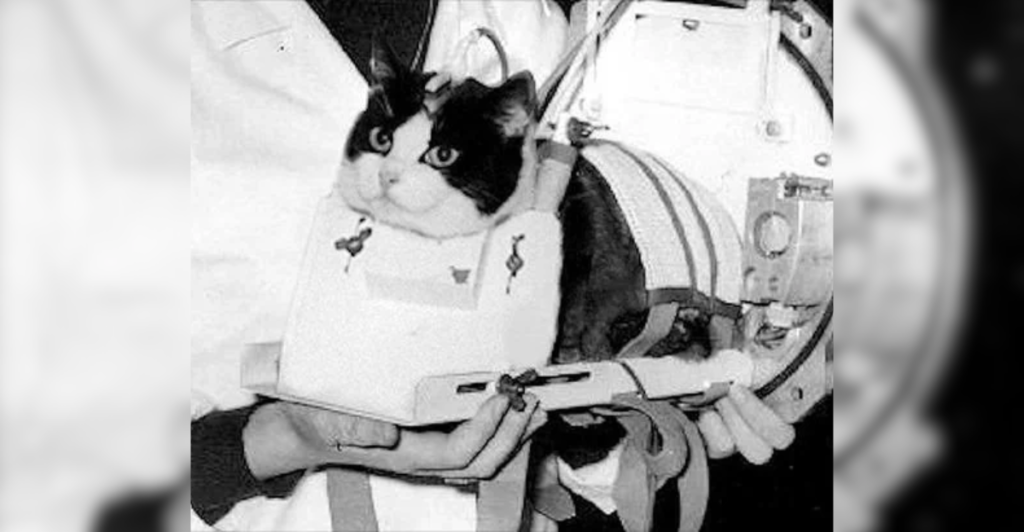
Félicette, a French stray cat, became the first feline in space in 1963. She was launched aboard a suborbital flight to study neurological activity during weightlessness. Félicette’s mission was a success, and her contributions to science have recently gained recognition with efforts to memorialize her pioneering journey.
Jellyfish and Space-born Behavior
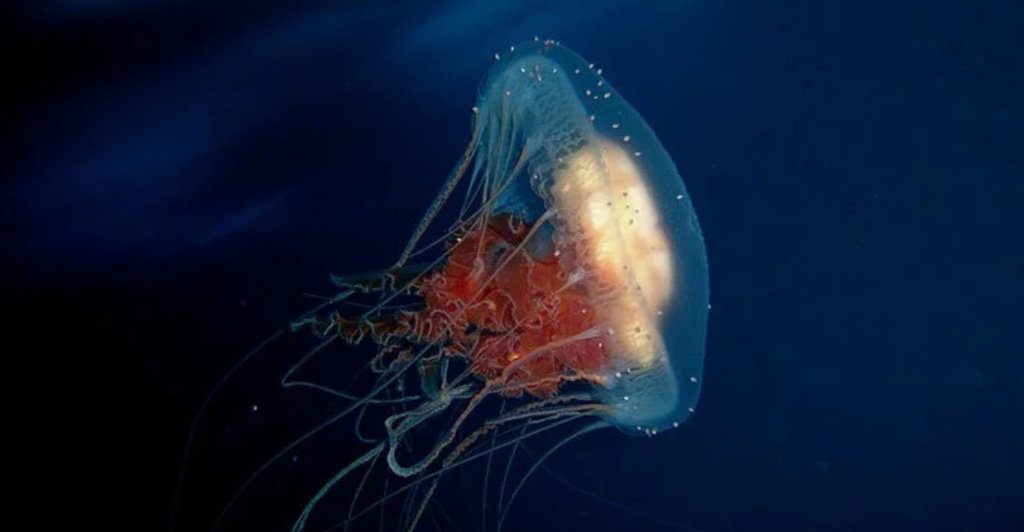
In the 1990s, jellyfish were sent to space to examine how microgravity affects their development. While the jellyfish reproduced successfully, their offspring struggled to orient themselves upon returning to Earth. This study provided insights into how gravity shapes biological processes, especially in developing nervous systems.
Animals as Space Pioneers
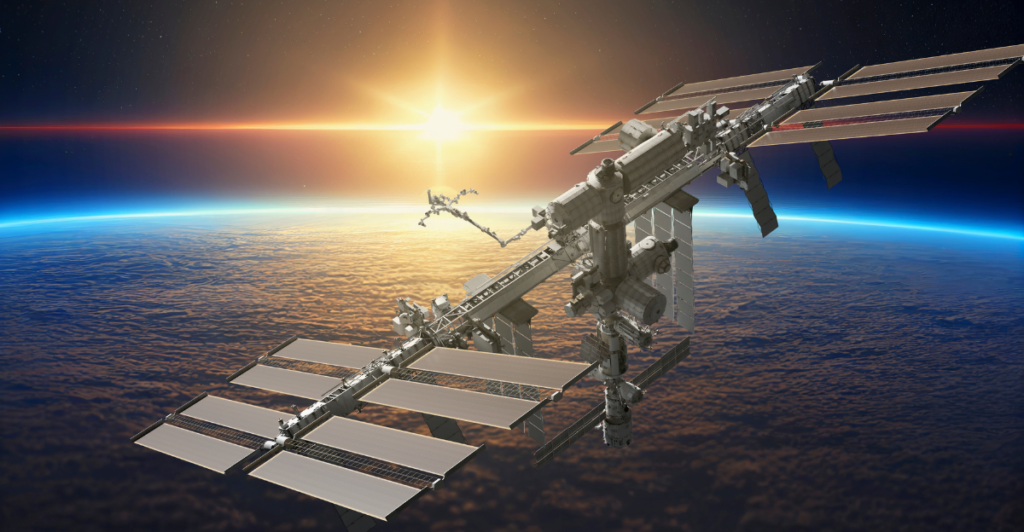
From tiny fruit flies to resilient tardigrades, these exotic animals have played vital roles in space exploration. Their journeys helped scientists unravel the mysteries of weightlessness, radiation, and other cosmic conditions. While their missions were often risky, their contributions laid the foundation for human space travel, reminding us that exploration usually requires courage from all species.
Discover more of our trending stories and follow us to keep them appearing in your feed

Meet the Massive Crocodiles That Make Their Homes 40 Feet Underground
11 Strongest Animals On Earth and Where to Find Them
12 Bold Animals That Have No Fear of Predators – Nature’s Underrated Fighters
12 Rare Animals Only Zoologists Have Ever Heard Of
Stay connected with us for more stories like this! Follow us to get the latest updates or hit the Follow button at the top of this article, and let us know what you think by leaving your feedback below. We’d love to hear from you!







